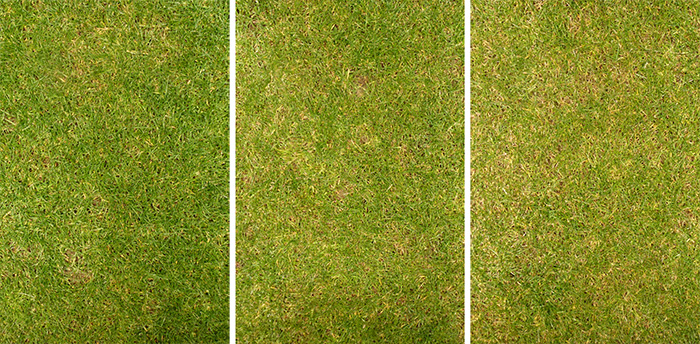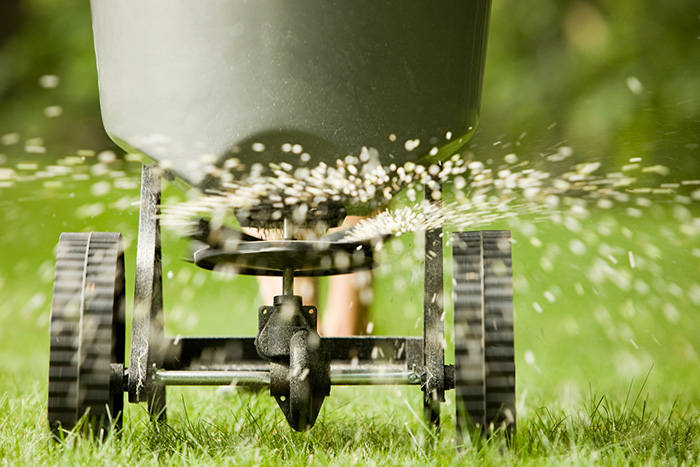Kick Into Action With The Right Fertiliser In Play

Kelly-Marie Clack, Origin Amenity Solutions.
Selecting the ideal fertiliser can be a tricky task, so make sure you understand what you are trying to achieve before applying the fertiliser. In early spring when soil temperatures tend to be low, we can not rely on soil microbes to break down nitrogen to make it plant available. It is therefore essential we understand which nitrogen sources are available to the plant when applied and what we can expect to see when we apply the product.
Nitrogen is absorbed through the roots in solution form, as ammonium (NH4+) or nitrate (NO3‑) The nitrogen is classed as plant‑available therefore applying a fertiliser containing these forms gives a relatively quick turf response.
If the ammonium is not taken up by the plant it will sit in the cation exchange until it is required by the plant for growth, or it will go through the nitrification process. This is when ammonium is converted by nitrosomonas bacteria into nitrite (NO2‑) and then nitrobacter converts this into nitrate, which as we know is plant‑available, but, this process also requires soil temperature.
Organic fertilisers and soil organic matter must go through a process called mineralisation. Soil microbes will break down the organic nitrogen into ammonium which is then available to the plant to utilise for growth. Soil temperatures need to be above 5 degrees for mineralisation to take place. Likewise, urea requires soil temperature for urease enzymes to convert the urea into ammonia (hydrolysis.) Ammonia is a gas that can volatilise but fortunately, hydrogen in the soil converts ammonia into ammonium for plant uptake. These nitrogen sources have to be changed before they can be used by the plant for growth. Therefore the turf response is much slower with very little visual impact.

To summarise:
- Nitrate and ammonium sources of nitrogen are available instantly. Perfect for cool temperatures.
- Organic and Urea must be converted to be made plant available so consider the soil temperature.
For rapid nitrogen uptake, you can apply a foliar application of nitrate or ammonium.
A trial was conducted at OAS Turf Science and Technology Centre in early 2022 to look at the differences in turf response to different nitrogen sources in cold weather. Two treatments were applied; one was a combined ammonium and nitrate source, and the other was straight urea.

Select a granular or liquid fertiliser containing nitrate nitrogen or ammonium nitrogen in cool weather conditions to encourage growth, sward density, and improved aesthetics. Origin Amenity Solutions offers a range of products containing both nitrate and ammonium for rapid uptake. Selecting the total quantity of nitrogen to apply should be based on the growth and recovery required to improve consistency and performance following the winter season.

For example:
Applying 35g/m2 of ColdStart 11.5.5 +8%Fe is 38.5kg of nitrogen per hectare, whereas an application rate of 25g/m2 is 27.5kg of nitrogen per hectare.
Products such as Greentec 6.5.18 + 4%Fe at 35g/m2 applies 21kg of nitrogen per hectare and at 25g/m2 delivers 15kg/hectare. This product also contains less iron than Coldstart if your soil samples indicate high iron levels.
Applying rapid response liquid at 30L/hectare achieves 4.8kg of nitrogen per hectare.
If you require any support when selecting your spring fertiliser please contact your Origin Amenity Solutions Area Manager for advice on 0800 138 7222 or email us at This email address is being protected from spambots. You need JavaScript enabled to view it..
Click the article to enlarge it.











































